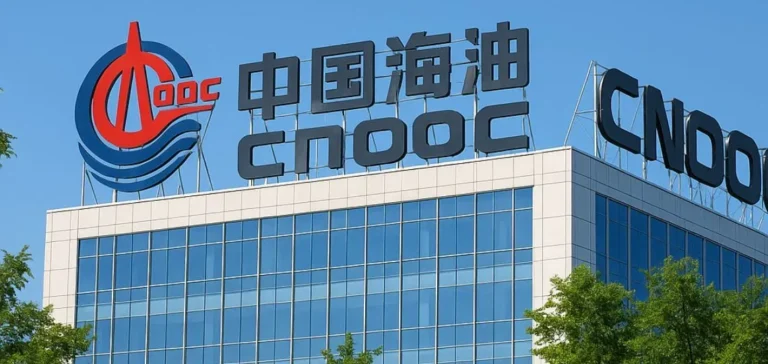China National Offshore Oil Corporation (CNOOC) announced the start of production at the Wenchang 16-2 oilfield, located in the western Pearl River Mouth Basin in the South China Sea. The project represents a strategic investment aimed at increasing the company’s offshore volumes, in an area with an average water depth of 150 metres.
Infrastructure supported by existing assets
The project design relies on the integration of existing infrastructure in the Wenchang fields. In addition, a new jacket platform has been installed, equipped to handle oil and gas production, drilling and well completion, as well as personnel accommodation. This approach allows the company to optimise its investments while maintaining a steady development pace.
A production target for 2027
The development plan includes the commissioning of 15 production wells. CNOOC forecasts a plateau production of around 11,200 barrels of oil equivalent per day in 2027. The crude produced is light, a type particularly valued on international markets, making it an economic advantage for the company.
Strengthening the investment strategy
The launch of Wenchang 16-2 reflects CNOOC’s commitment to expanding its offshore activities. By leveraging existing infrastructure, the company continues its investment strategy to reinforce its presence in the oil sector and secure a larger share of national production.






















